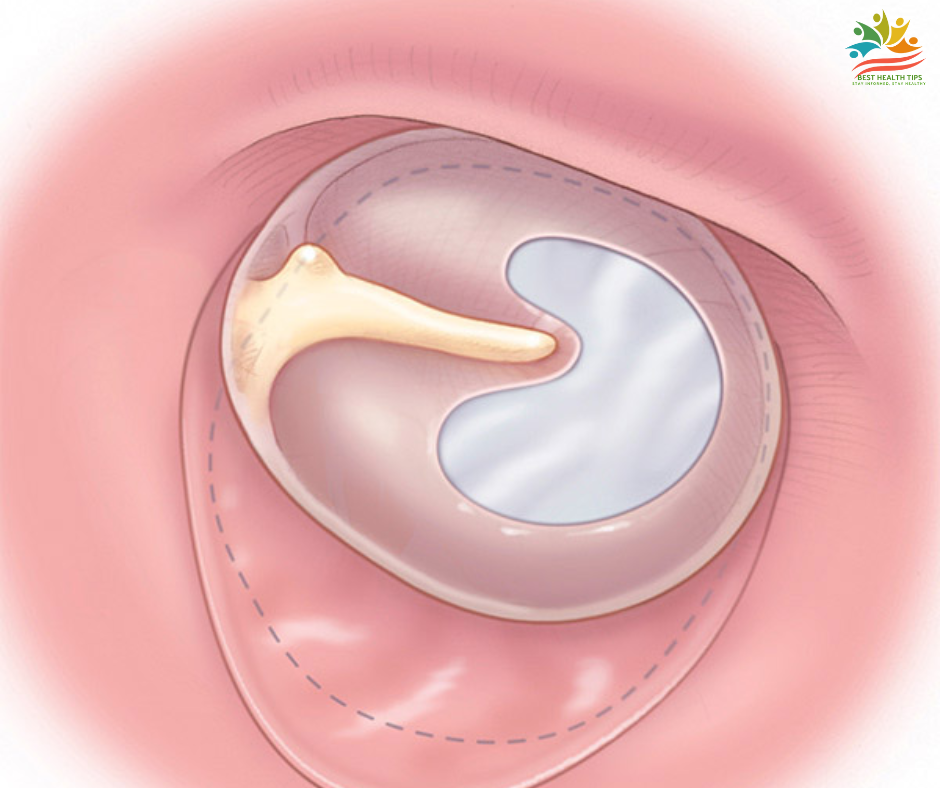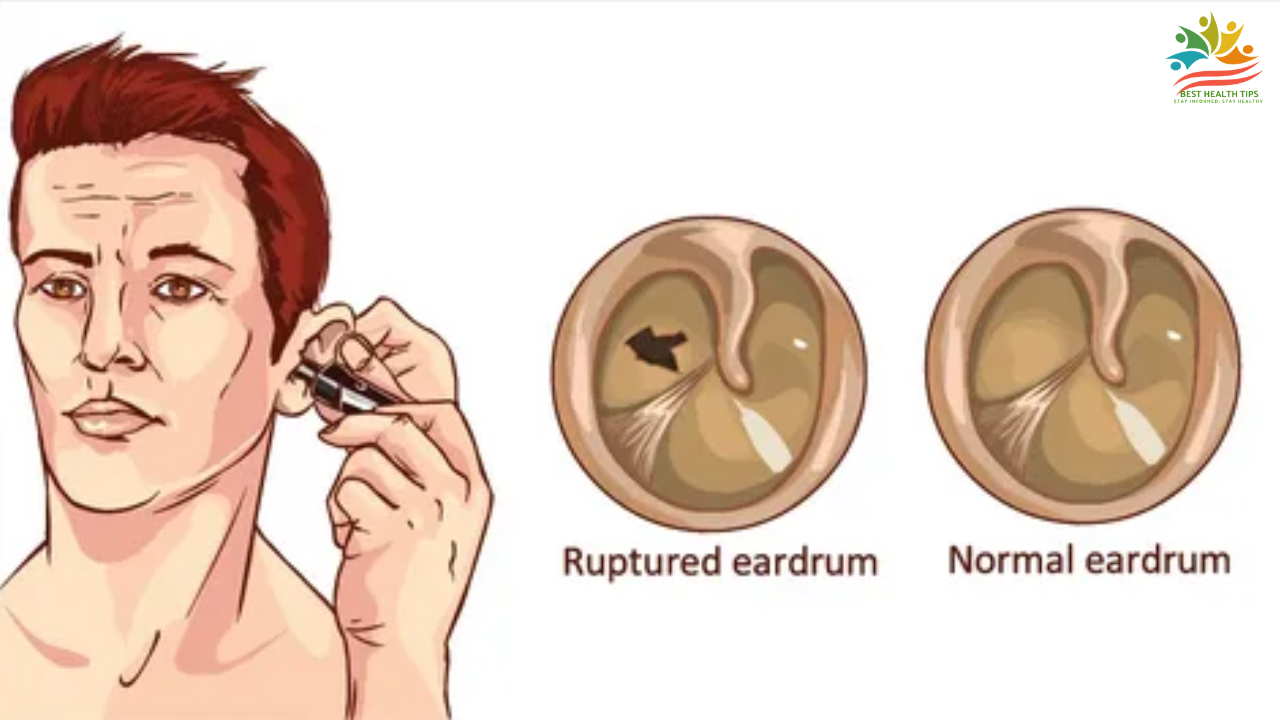Introduction
What side should i sleep on with a ruptured eardrum? A ruptured eardrum is a condition in which the tympanic membrane gets perforated. This is not only very painful, but makes getting sleep very difficult. The choice of position while sleeping plays a huge role with respect to preventing unnecessarily aggravated conditions and aiding rapid recovery. This writeup discusses the best sleeping position for eardrum rupture and offers other helpful tips to facilitate safe and comfortable healing.
Position for a Perforated Eardrum
If you have a ruptured eardrum, it is very crucial to lay on the affected ear up towards the sky without pushing it against the pillow. This is because:
Lessens chances for further injury: The affected ear is kept elevated and away from bedding, where rubbing and irritation may further stimulate latecoming infections.
Reduces pressure and pain: Resting the affected ear up helps prevent building up double pressure on already traumatized tissues.
Disallows drainage problems: If the affected ear is turned down, moisture gets trapped when the ear is likely to be infected or filled with fluid, thereby prolonging healing;

Sleeping Comfortably with a Ruptured Eardrum
Tricks to keeping you deep in slumber while supporting recovery include:
Bonus Pillow: Raise that head for fluid drainage and lesser pressure on the ear.
Back or Unaffected Side: Positions that will mainly work against aggressive discomfort during resting will further promote healing.
Avoid Fast Head Movements: These may just aggravate the dizziness or discomfort already being felt.
Clean Pillow Cover: Keeps bacteria away from entering the ear and causing infections.
Pain management at night: Take painkillers your doctor prescribes, or place a warm compress on the outer ear.
Problems of Sleeping
Never sleep on the side affected because it flourishes the pain and recovery. Do not use cotton swabs or earplugs: A foreign body pushes into the ear making it at risk for ear infection. Sleep on Hard or Uneven Surfaces: Extra harmful as would be the case of extra strain and discomfort.
Elevated Head Position
Imagine your head at a slight inclinethat is all we are after. By elevating your head approximately 30 degrees, it reduces the pressure and currently held fluid in your ear; think of it as a gentle slope that helps everything drain properly.
Sleeping on the Side
Here is the golden rule: sleep with the affected ear facing up toward the ceiling. I know it might feel counterintuitive, but what this really does is minimize the gravity’s role in bringing any fluids onto your eardrums while adding just a bit of pressure to the healing eardrum.
Effective Use of Pillows
Now let’s talk about the pillow strategy. You’ll want to create a comfortable support system using two pillowsone under your head and another along your side for support. That helps keep the proper position during the night.
What not to do with a ruptured ear drum?
Special attentiveness and care have to be provided for an individual who is living with a ruptured eardrum. Next, we will discuss the things you have to refrain from to avoid complications and promote healing.
Avoid Water Exposure
- Make sure that the ear part remains dry all through the period of healing. This means:
- No swimming or dunking your head completely
- Extra careful taking a shower (with waterproof earplugs as recommended by the doctor)
- No water sports or similar activities that can allow water to get into your ear
Don’t Clean Your Ears
You might consider cleaning your ears, but don’t do so:
- Using cotton buds or Q-tips.
- Putting any object in your ear canal.
- Trying to remove any discharge by yourself.
- Using normal earplugs or cotton balls without the doctor’s approval.
Avoid Changes in Pressure
Protect your ear from the pressure differences caused by:
- Forceful blowing your nose
- Not going on air travel as much as possible (or clearing with the doctor)
- Staying out of high-altitude places
- Heavy lifting or straining
What to Avoid When Sleeping
Positions that Can Worsen Symptoms
Sleeping flat on your back or with the affected ear down can slow healing and potentially lead to complications. Think of it like trying to drain a sink while blocking the drainnot very effective, right?
Common Mistakes
Most people use cotton balls or bury their ears using earplugs. You might think your ear’s safe from the adverse impact, but the moisture will instead remain trapped along with bacteria around the ear, increasing the chances of infection.
Creating an Optimal Sleep Environment
Overall, bedroom setup can go miles in recovery. It may be slightly warm inside the room because cold air sometimes creates bad effects in the affected ear.
Further Recovery Tips
Daytime CarePractices
What you do during the day will determine your sleep quality at night. Keep the ear dry, avoid sudden movements of the head, and follow your doctor’s cleaning instructions to the latter.
Pain and Discomfort Management
If the pain keeps you awake, talk to your doctor about appropriate methods of handling pain. Some times a warm (not hot) compress on the affected side could be comforting at bedtime.
When to Seek Medical Help
Watch for increasing pain, fever, and dizziness. For these, call the doctor to schedule an appointment but do not forget to mention sleep disturbance.
Recovery and Expectations
Most people feel better after following good sleep positioning for just a few days, but healing takes weeks; so be patient with your body’s healing process. And let us end with the main takeaway: sleeping with the affected ear facing upward and the head elevated is likely your best option for a restful night of sleep as well as proper healing.
FAQs
1. Can I sleep on both sides with a ruptured eardrum?
To enable proper drainage and prevent pressure buildup, sleep with the affected ear facing up.
2. How long am I required to stay in these sleeping positions?
Carry these sleeping positions until a direct order from your doctor states that your eardrum has fully healed, it usually takes about 68 weeks.
3. Should I buy special pillows for sleeping with a ruptured eardrum?
Special pillows will not need to be used, but firm pillows that keep their shape will work the best for proper elevation and support.
4. Can I sleep with earplugs with a ruptured eardrum?
No, avoid earplugs since they tend to trap moisture and thus can breed bacteria and lead to infections.
5. Is it normal to feel an increase in pain while lying down?
A little bit of increase in pain while lying down is normal. Severe pain should be reported to the doctor, though.
Conclusion
Sleeping with the affected ear facing upward is the best technique for an individual suffering from an ear rupture since it reduces pain and speed recovery. The use of supportive pillows for this state, hygiene maintenance, and preventing any pressure over the injured ear also guarantee one will soon feel well. On the other hand, if symptoms and pain persist, you might want to see an ENT for further input.
Read more about Cure&Treatment and other categories at Best Health Tipss.


